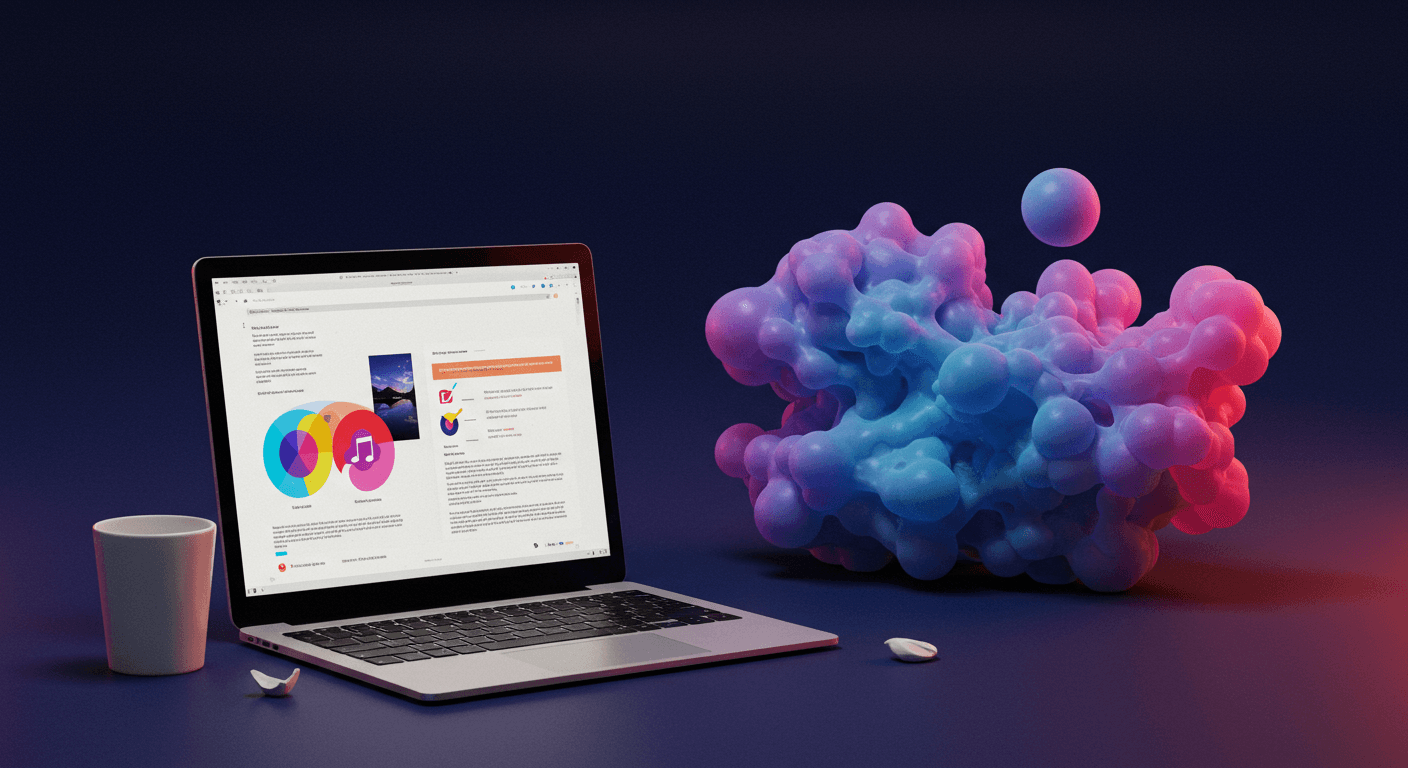Is there anything more intriguing than a "Do Not Enter" sign?
When someone tells us what not to do—don’t open this box, don’t eat this forbidden snack, don’t look behind this closed door—our curiosity kicks into high gear. We can’t not investigate, right?
That's why we're diving into the times when surveys might not be the golden ticket for your marketing efforts. At BetterFeedback.ai, we love feedback, but we also believe in using the right tools for the job.
The Survey Conundrum: When to Rethink Your Approach
At BetterFeedback.ai, we're big fans of the power of surveys and forms for different stages of business.
We've explored the art of asking the right questions and demonstrated how engaging conversational forms can fuel business growth.
However, it’s essential to acknowledge that surveys aren’t always the answer. There are instances where their use can be less effective or even counterproductive. Let's explore scenarios where you should reconsider the traditional survey approach.
Read on for five cases when you shouldn't use surveys and what you should do instead.
1. You just want to do a sales pitch or product placement
Imagine downloading an industry report with the promise of valuable insights, only to find it’s a thinly veiled advertisement. The research is heavily skewed to promote the company’s product, offering little genuine value.
These experiences rarely endear you to the company behind the report, right?
That’s because surveys shouldn’t be used as a mere platform for sales pitches. Trying to dress up your product pitch as unbiased research is a quick way to lose credibility.
Make sure your product isn’t the "punchline" of the survey.
Do this instead:
Instead of crafting a blatant sales pitch, collect data that genuinely validates your product's features. Then, use these insights to attract leads and encourage sign-ups. A well-positioned report can offer tangible value while subtly showcasing your solution’s advantages.
Rather than using surveys to steer people towards your product, use them to answer questions that your audience really wants to know about their industry or their challenges. The key is to be helpful, not to trick your audience with a sales pitch.
And if you want to show how real people use your amazing product, invest in creating compelling case studies that highlight real-world applications and results.
2. You’re trying to gather behavioral data
We all like to think we know ourselves pretty well, right?
But when asked to report on our own behaviors and habits, we can be quite out of touch with reality.
Cell phone usage is just one example—but it reminds us that, in general, we may not know or report our behavior as accurately as we think.
Surveys are a great tool for asking people what they think—gathering their opinions, understanding their problems, and seeing the world through their eyes.
But when it comes to using surveys to ask people what they actually do, you’d be better off looking at other data sources.
Let’s say you ask a survey question about how annoyed people feel toward unwanted emails.
Their responses could indicate that their inboxes make them want to throw their laptop across the room, but unsubscribe rates might tell a very different story.
So while self-reported data has value for understanding sentiment and audience emotions, that’s a different kind of value than what behavioral data offers.
Want to know how often customers log onto your platform? Asking them won’t give you the answer with pinpoint accuracy—they’ll likely underestimate or overestimate it. You’re better off looking at platform analytics.
Do this instead:
To understand behavior, look at user data.
Use surveys to gather how your audience thinks and feels (which is also a great place to identify their frustrations and pain points to bolster your messaging and positioning).
Then, if you have the time and resources, conduct a study that compares survey data with user data to see where they differ. You’ll have a powerhouse team of audience insights.
3. You’re trying to do a super deep dive on a certain topic
The people taking your survey don’t care about your topic as much as you do. Most people are simply not ready to jump into the deep end with you, so you shouldn’t use surveys to ask swaths of detailed or open-ended questions.
If your survey-taker feels fatigued partway through a hefty form, they’re likely to provide less-than-thoughtful (and less-than-helpful) responses. Or they might bail on the form altogether.
Neither outcome is ideal—so don’t use surveys to gather encyclopedic levels of knowledge.
Do this instead:
Keep your surveys short and to the point. Features like BetterFeedback.ai’s progress bar can also help keep users engaged and excited until the form’s finish line.
One last thought on this topic: You don’t have to avoid open-ended questions altogether. Just don’t bog down your survey—or your user—with them throughout.
4. You’re trying to keep your audience small
Forms help you build an audience and recruit more people to your cause. They offer you the potential to connect with lots future customers and greatly grow your reach.
Beyond surveys themselves, you can transform the data you capture into valuable insights that shape your strategy internally and capture the attention (and information) of whole new audiences.
But if this doesn't sound like you, and you aren't on the lookout for ways to grow and expand powerfully, then forms probably aren't for you.
Do this instead:
Irony aside, go wild using forms to grow your audience. Let your Ideal Customer Profile (ICP) know you’re listening to them, and use their responses to understand them better. Get creative with giveaways, quizzes, and interactive experiences that show off your brand.
Ready to use survey data to keep growing? Craft meaningful studies and research reports based on the data you’ve gathered that show your audience you understand them.
5. You’d rather keep customers at arm’s length
Forms offer engaging and even intimate ways to engage with your customers. They start a two-way conversation with your ICP, and the back-and-forth exchange links you together in a way that other marketing tools just, well, don’t.
Do this instead:
Rather than keeping your audience at a distance (which we’re pretty sure you don’t want to do), use forms to engage current and future customers better than ever before.
Gather product feedback and learn what your customers actually think using interesting, easy-to-use forms—then fine-tune your messaging and segment your audience in all-new ways.
Forms let you pull your customers (and leads) close and convert awareness into interest into loyalty.
When you do use forms…
So, forms aren’t for sales pitches, collecting true behavioral data, doing a deep dive, keeping your circle small, or maintaining distance from prospects. But they are essential tools for starting a dialogue with customers and gathering actionable insights. When you do use forms, make sure you:
- aim to be conversational and engaging
- use them to understand your customers’ thoughts and feelings
- spring for a form-creation tool with powerful integrations (like BetterFeedback.ai!)
With BetterFeedback.ai, you can create feedback experiences that feel less like a chore and more like a conversation. This increases engagement, provides richer data, and, ultimately, helps you build stronger relationships with your audience.



